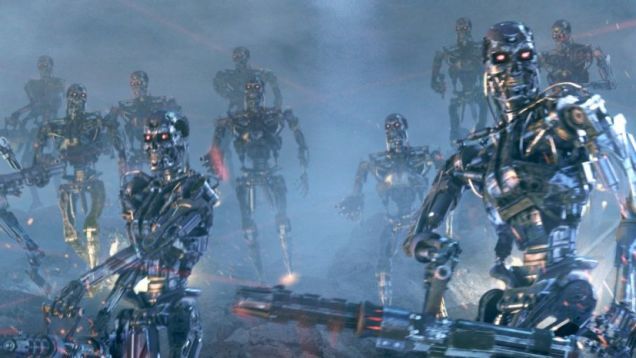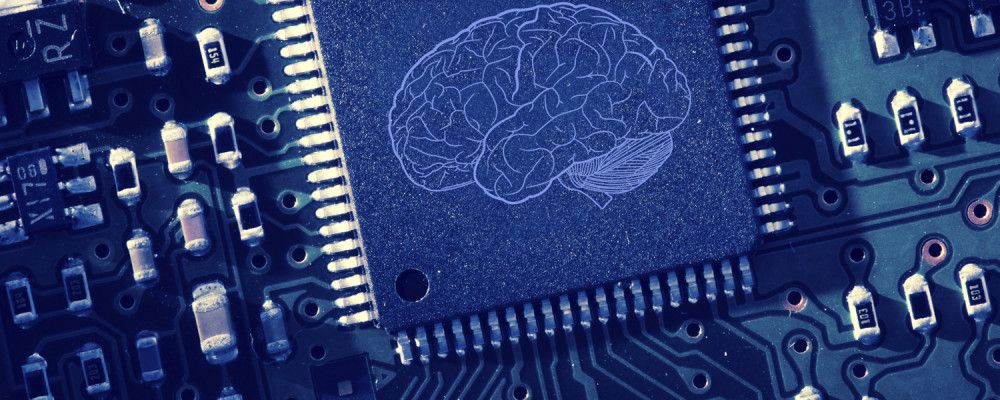A standard assumption of technological progress is that new innovations are born in our mind, and we humans choose which of those visions to bring into existence. We imagine stuff, we want stuff, we build stuff, and repeat.
We assume that our brains are the center of the innovation universe.
But just as Copernicus’s sun-centered model of our solar system taught us how physically marginal our place in the cosmos really is, a new class of techno-philosophy is similarly displacing our understanding of technological innovation. Read more




